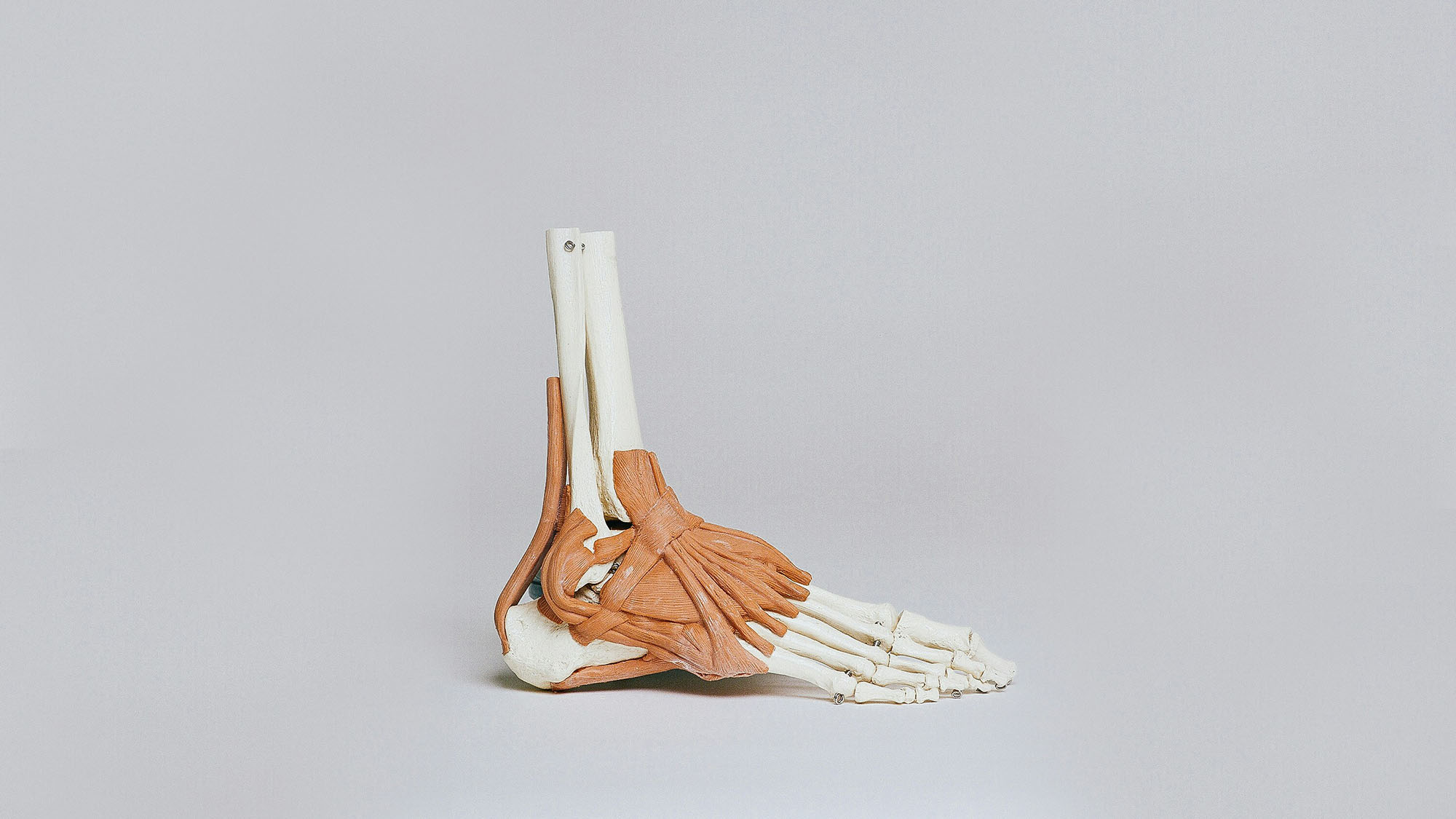The Department of Medicine and Life Sciences (MELIS-UPF) has participated in an international study that has created a cellular atlas of human skeletal muscle ageing. To create this atlas, research centres in China, the United States and Spain analysed the genetic expression and epigenetic state of 387,000 muscle cells. The cells were taken from biopsies of 31 people of different sexes, ages and regional origins. “This atlas is the result of international collaboration and the development of massively parallel single-cell profiling technologies,” said Dr Yiwei Lai, first author of the study and a member of the Chinese team.
Increasing life expectancy and the progressive ageing of society have created a need to understand the processes of ageing in order to improve the lives of older people. The muscular system deteriorates with age, particularly after the age of 80, with loss of muscle mass and regenerative capacity, a condition known as sarcopenia. “As the most exhaustive atlas of human muscle ageing at the single cell level to date, this study will be a reference for the fields of ageing, sarcopenia and frailty“, explains study co-leader Pura Muñoz-Cánoves, ICREA professor at MELIS-UPF and now principal investigator at Altos Labs, San Diego Institute of Science, in the US.
Increasing life expectancy and the progressive ageing of society have created a need to understand the processes of ageing in order to improve the lives of older people.
This research has led to a better understanding of muscle ageing. Changes in the cellular metabolism of muscle fibres and new fibre subtypes that arise during ageing have been described. The role of muscle stem cells and the inflammatory processes of the endothelial cells lining blood and lymphatic vessels in muscle wasting are also beginning to be understood. In addition, new potential targets for diagnosis and treatment of sarcopenia have been found, by the identification of specific sites in muscle cells associated with sarcopenia.
Until now, the biological basis of sarcopenia has not been investigated at the cellular level. This cellular atlas is a first step towards identifying therapeutic targets to prevent the muscle degradation associated with ageing. “We hope that this will be the basis of many subsequent investigations to slow down or even block sarcopenia, frailty, and muscle deterioration in older people, promoting healthier body aging for longer and increasing longevity,” says Muñoz-Cánoves.
Lai, Y; Ramírez-Pardo, I; Isern, J; An, J; Perdiguero, E; Serrano, A.L; Li, J; et al; Multimodal cell atlas of the ageing human skeletal muscle. Nature. 2024, Apr. DOI: 10.1038/s41586-024-07348-6







